While it’s easy to love the idea of overlanding through a pristine landscape, off-roading is tough. And having the right overlanding, off-road, and car camping gear is vital. So we’ve got a few Overlanding Essentials articles to help you tackle the terrain.
Not sure what overlanding is? Read this.
Let’s Talk About Cell Phones, Mobile Radios, and Communications.
While many overlanding and vehicle camping enthusiasts actually like the idea of being disconnected from the outside world, it’s nonetheless critical to have at least one way to reach others in an emergency.
We’ll cover some pros and cons of a few popular off-road communication methods here. But keep in mind that all overlanding experiences are different and what may work for one overland environment may not work for others.
You’ll hear the word “transceiver” a few times in this article. That’s just a fancy way of describing a radio that can transmit and receive (like all the radios discussed here). That’s different than describing a radio as a “receiver,” which means it can only receive signals—like the FM broadcast radio in you car stereo.
***
Overlanding Communication: Cell or Mobile Phones
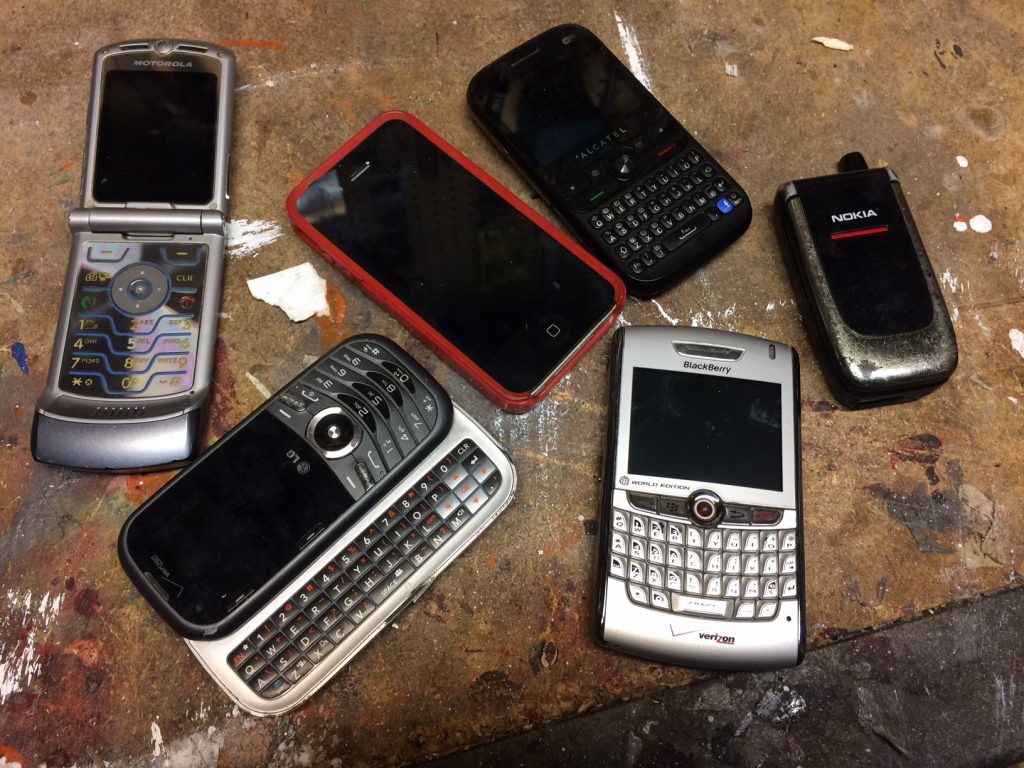
Whether you call it a cell phone or a mobile phone, it’s a very common method for communication. Seems like pretty much everyone has one and the networks they operate on are continually expanding. But are they a good call (pun intended) for an overlander?
- Pros. Very easy to use and you probably already have one. Good battery life when used sparingly. Can quickly connect you to the proper authorities. No need for installing specialized equipment.
- Cons. Perhaps the biggest reason why you may not want to rely solely on a mobile phone is that it’s useless if you’re out of tower/network range. Not a big deal for well-traveled parks, but vital if you’re doing some off-roading in uncharted territory. Plus, they can be fragile and may not respond well to the rigors of off-roading.
***
Overlanding Communication: CB Radios
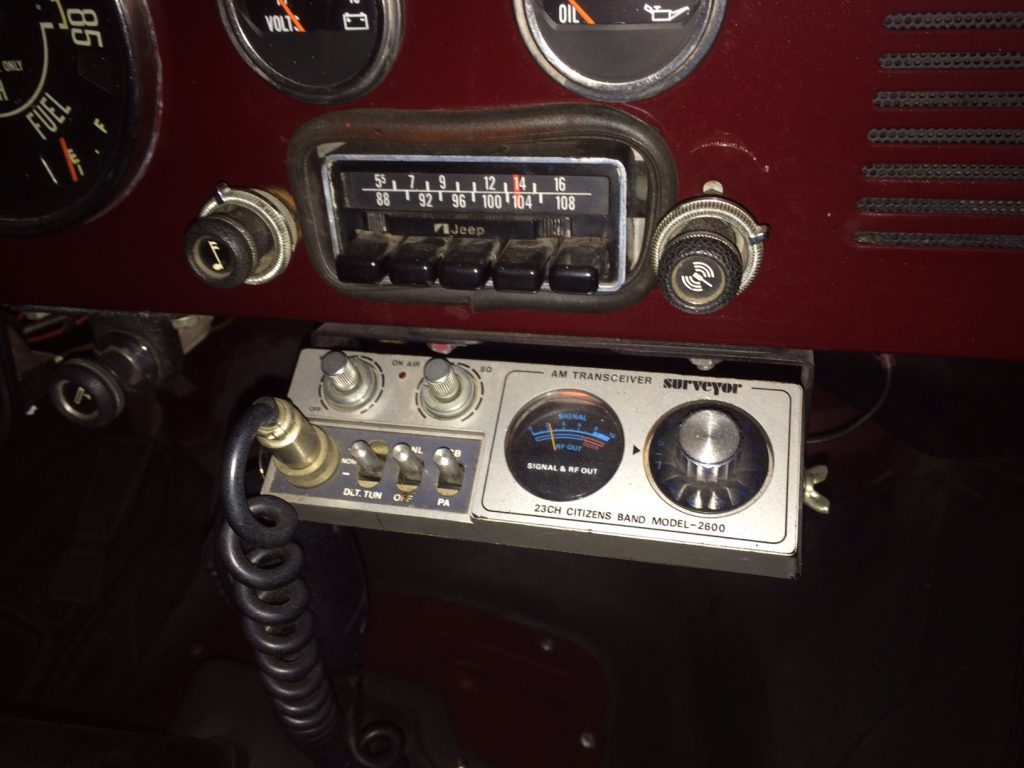
CB radios exploded in popularity in the 1970s and even with the advent of mobile phones, continue to be a familiar sight in many off-road vehicles. Short for Citizens Band, CB radios are particularly handy on caravan or group trail rides for communicating between off-roaders separated by a few car lengths. But there are some limitations you should be aware of.
- Pros. You don’t need a radio license from the Federal Communications Commission (FCC) to use one. Typically more common than other transceiver types, and multiple channel selections help avoid crowded radio traffic. Often very rugged and durable, these radios are easy to use once you understand the basics. They can be cheaper than other mobile radio transceivers too.
- Cons. Relatively low legal transmitting power (measured in watts) means CB radios only have a few miles of practical range. And if you’re transmitting in an emergency, you have to hope there’s someone listening on the other end. Like many other radios, they need to be turned on to receive communications, which can eat battery life. On a mobile installation, you’ll have to find a way to mount your CB antenna.
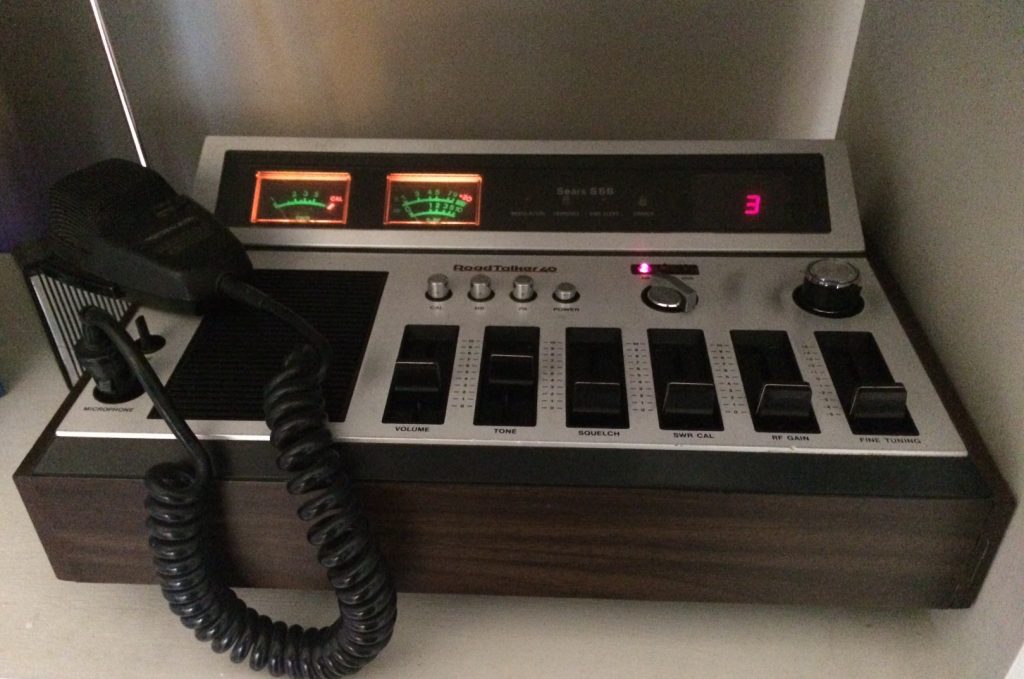
***
Overlanding Communications: Family Radio Service
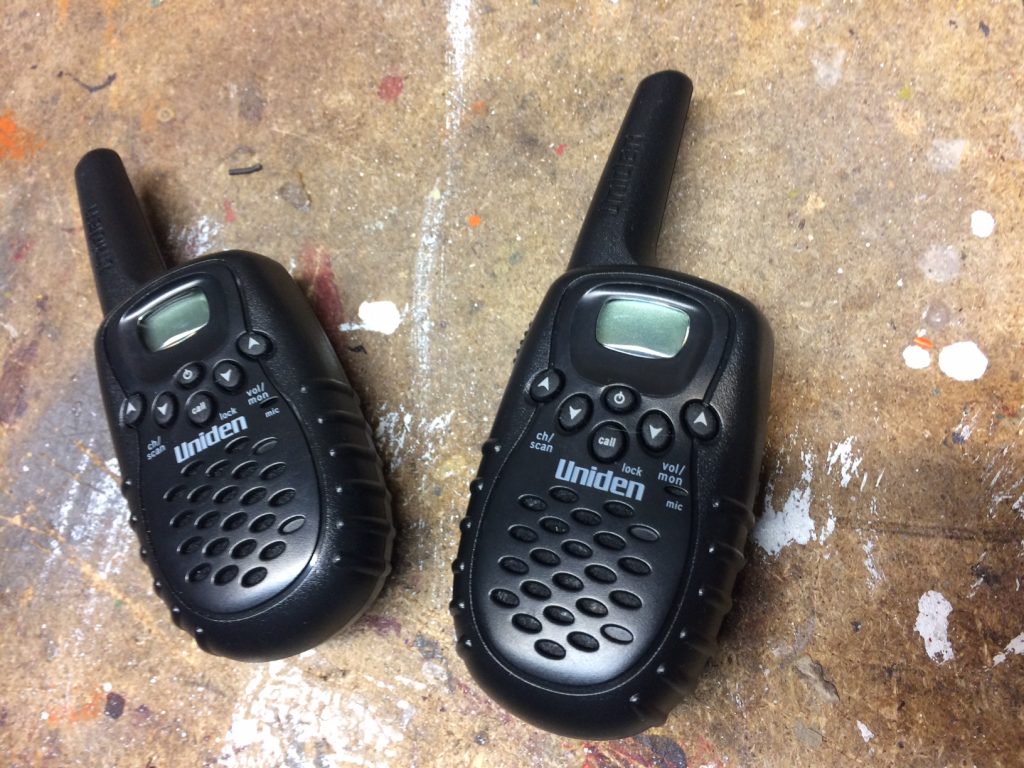
The FCC established the Family Radio Service (FRS) as an alternative to CB radios. Many box-store walkie talkies operate on FRS frequencies. They’re particularly useful for keeping family members connected around a large campground.
Pros. Cheap and easy to operate. They use basic channel numbers instead of precise frequencies. No need for a special FCC-issued radio license.
Cons. Similar to CB radios, FRS radios have FCC-imposed limits on their transmit power, which means coverage can be limited to just a mile or two. And, like CB, you need to make sure someone’s listening for your call on the other end—which can be a challenge because FRS radio frequencies aren’t often monitored as closely as others (namely the CB and ham bands).
Overlanding Communications: General Mobile Radio Service
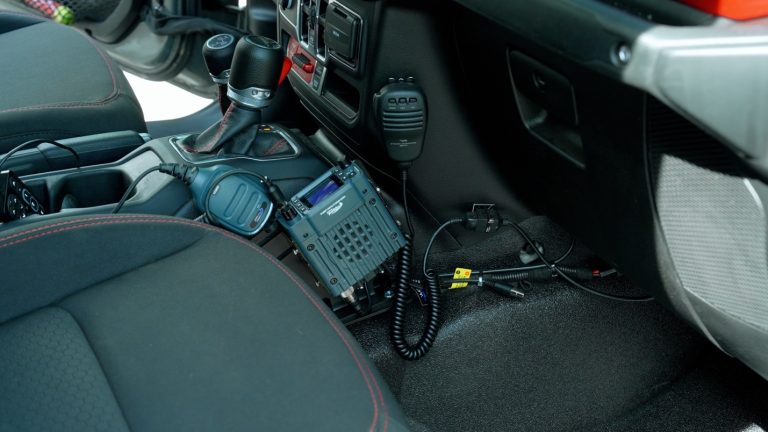
The General Mobile Radio Service (GMRS) is, for brevity’s sake, a step up from the FRS described above. The physical radios are similar and the service itself is growing in popularity among the off-road and overlanding crowd.
- Pros. The FCC allows these radios to transmit at higher power levels than FRS or CB radios, which gives them a much broader range. You’re also allowed to connect to radio repeaters to significantly increase your radio range.
- Cons. For starters, you need to buy a license from the FCC to operate one.* In addition to being a tad more expensive that their FRS counterparts, GMRS radios can be a bit more complicated to operate, particularly if you plan on using repeaters.
*At the time of this post, a GMRS license is about $70 and needs to be renewed every 10 years. However, when purchased for a family, one license covers every immediate family member. No GMRS radio licensing exam is required.
***
Overlanding Communications: Amateur (Ham) Radio
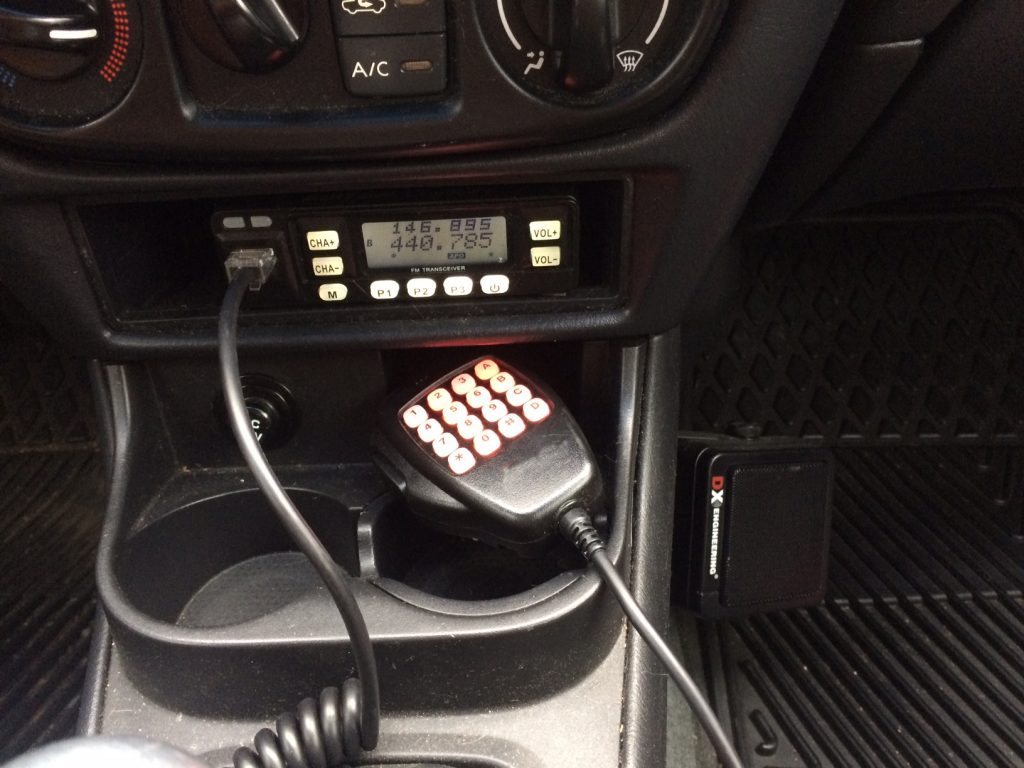
If you’re seriously into overlanding, off-roading, or camping, you may want to strongly consider diving into amateur radio. Also referred to as “ham” radio (as in pork, not the H-A-M acronym), amateur radio offers you transmitting permissions across a massive radio spectrum, along with the most transmitting power afforded to a private citizen. You can get a handheld ham radio or opt for a permanently-installed mobile transceiver for your overlanding vehicle.
- Pros. Depending on the license, you can transmit across a massive frequency spectrum and, depending on the frequency (band), you’ve got much higher transmit power limits—in the right conditions, hams can talk across continents from powerful home stations! You can access repeaters across the country for extended transmit range as well.
- Cons. You need a license from the FCC, and that includes a fee and a pretty comprehensive exam.** While it’s realtively cheap to get started with a handheld or mobile station, ham radio can get more costly as your interest in the hobby grows. Given their capabilities, most amateur radios are far more complex than their CB or FRS/GMRS counterparts, which makes them a bit more labor-intensive to learn and set up.
**Currently, ham radio licenses come in three classes: Technician, General, and Extra. A Technician Class license is the entry level tier and the exam is designed for novices, yet it still affords a licensee plenty of transmitting options for the most popular bands (frequencies). So don’t feel like you have to be a rocket scientist to get started in the amateur radio world.
Want to learn more about amateur radio? Visit the American Radio Relay League or our friends over at OnAllBands.
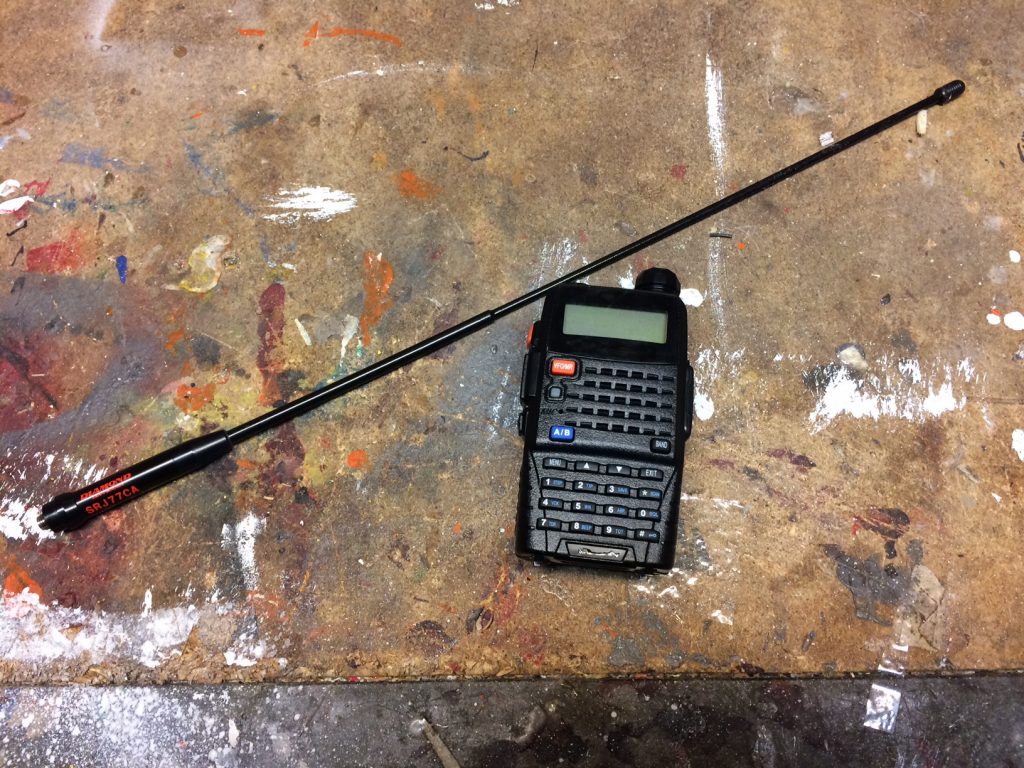
***
Regardless of what communications tools you choose, make sure you’re familiar with how your radio operates. You’ll also want to pack along extra batteries and maybe even replacement antennas and power cables/coaxial cables in case of damage.
Bottom line: To stay safe while overlanding, camping, or off-roading, you always need to have a way to communicate with the outside world.
Do you have any radio or communication recommendations? Any amateur radio operators want to supplement what we’ve mentioned? Let us know in the comments below.

[…] While it’s easy to love the idea of overlanding through a pristine landscape, off-roading is tough. And having the right overlanding, off-road, and car camping gear is vital. So we’ve […] Read full article at http://www.onallcylinders.com […]
[…] Overlanding Essentials: Cell Phones, Mobile Radios & Off-Road Communications […]
[…] Note: We didn’t include a mobile phone, because we assume you’ll likely have your smartphone already with you. But if you’re interested in other forms of mobile communications, read this: Overlanding Essentials: Cell Phones, Mobile Radios & Off-Road Communications […]